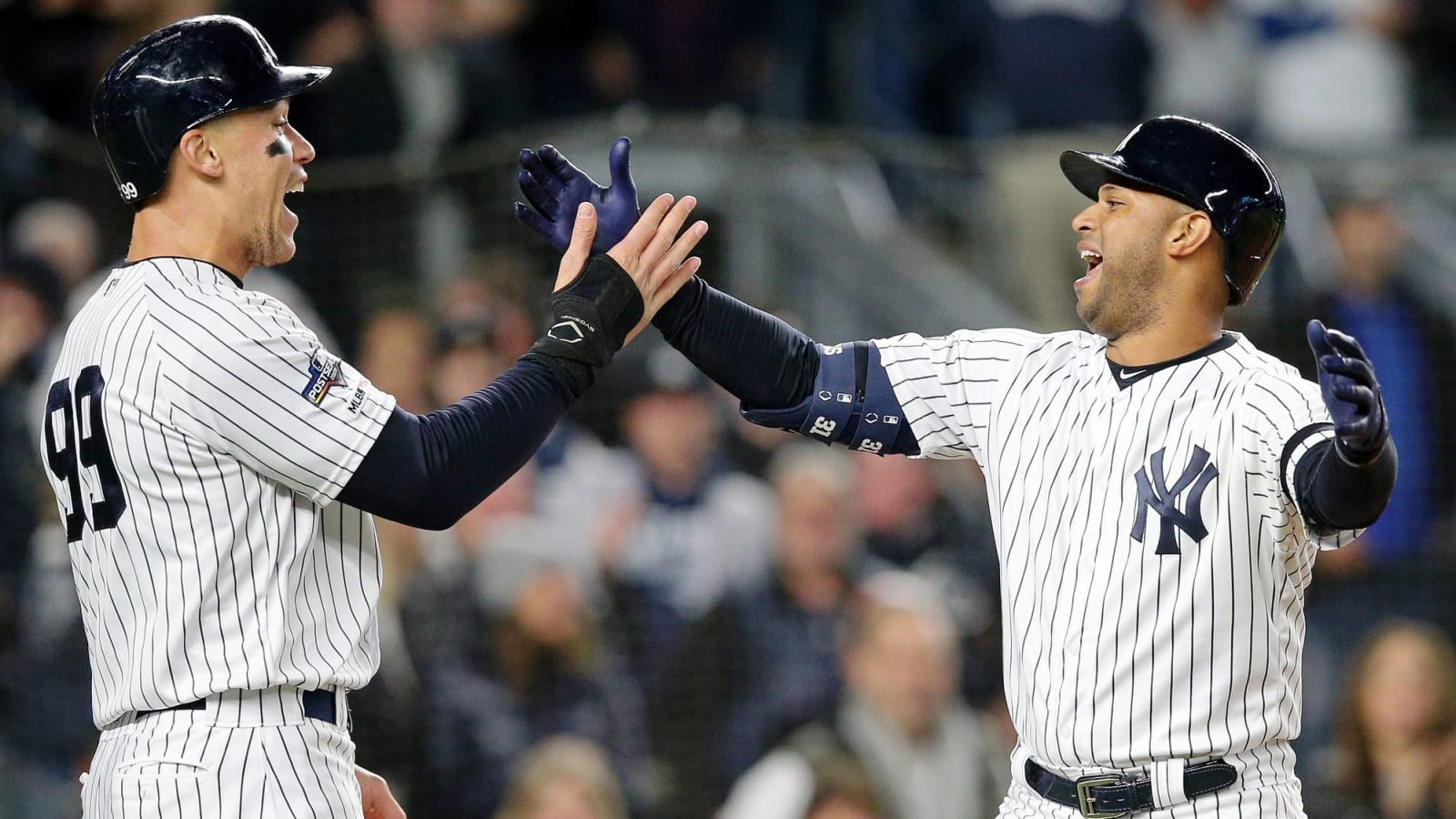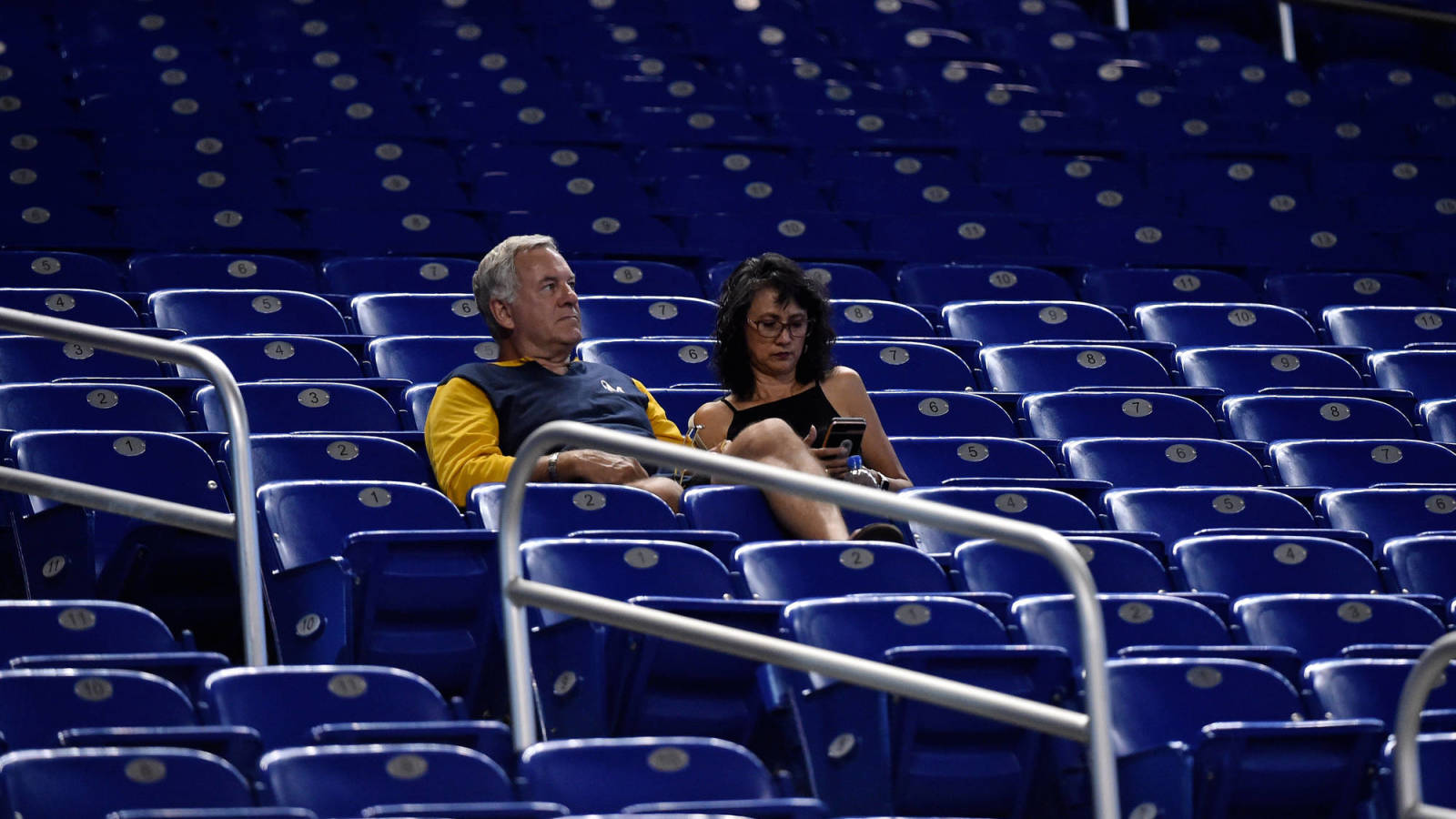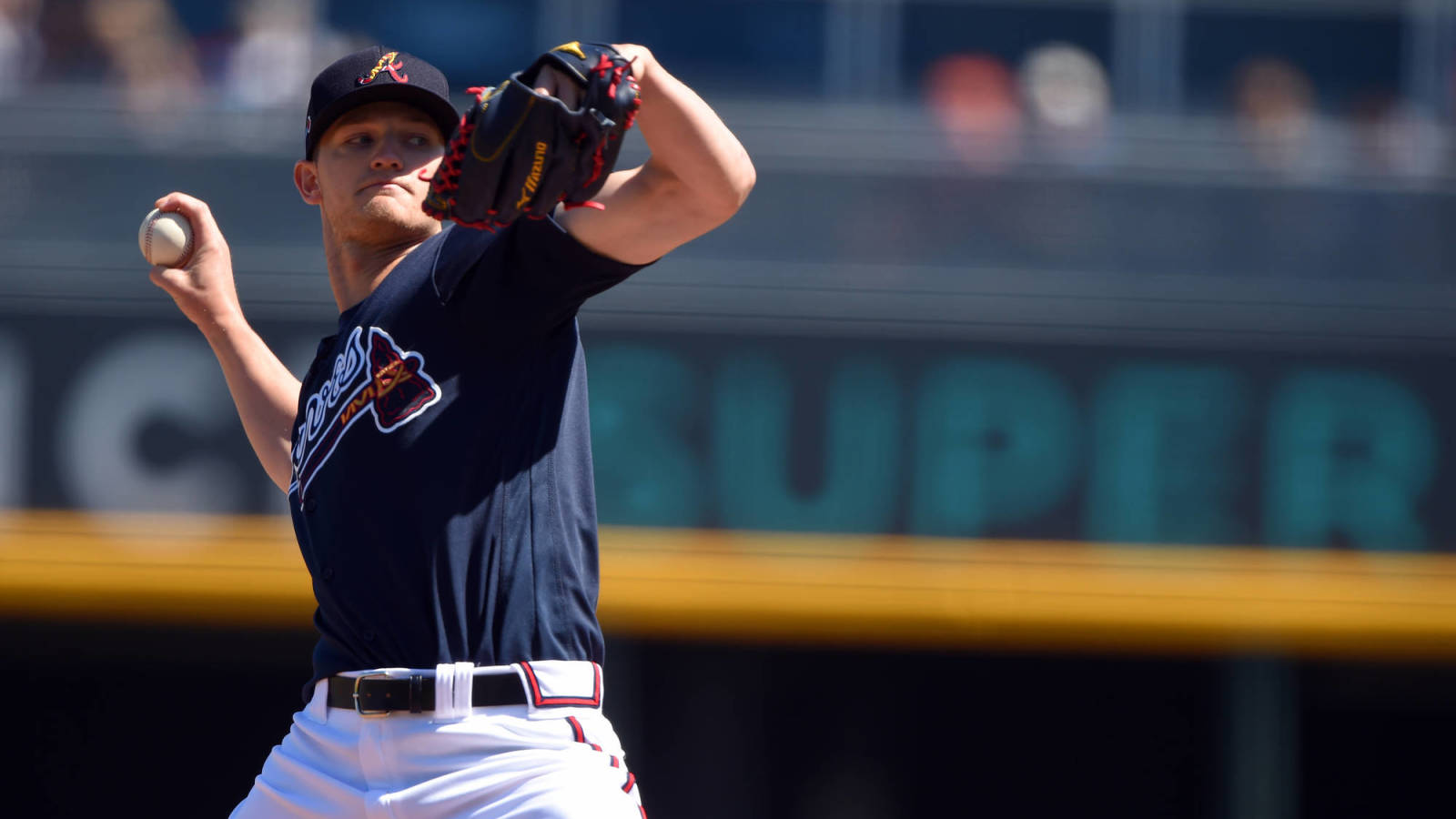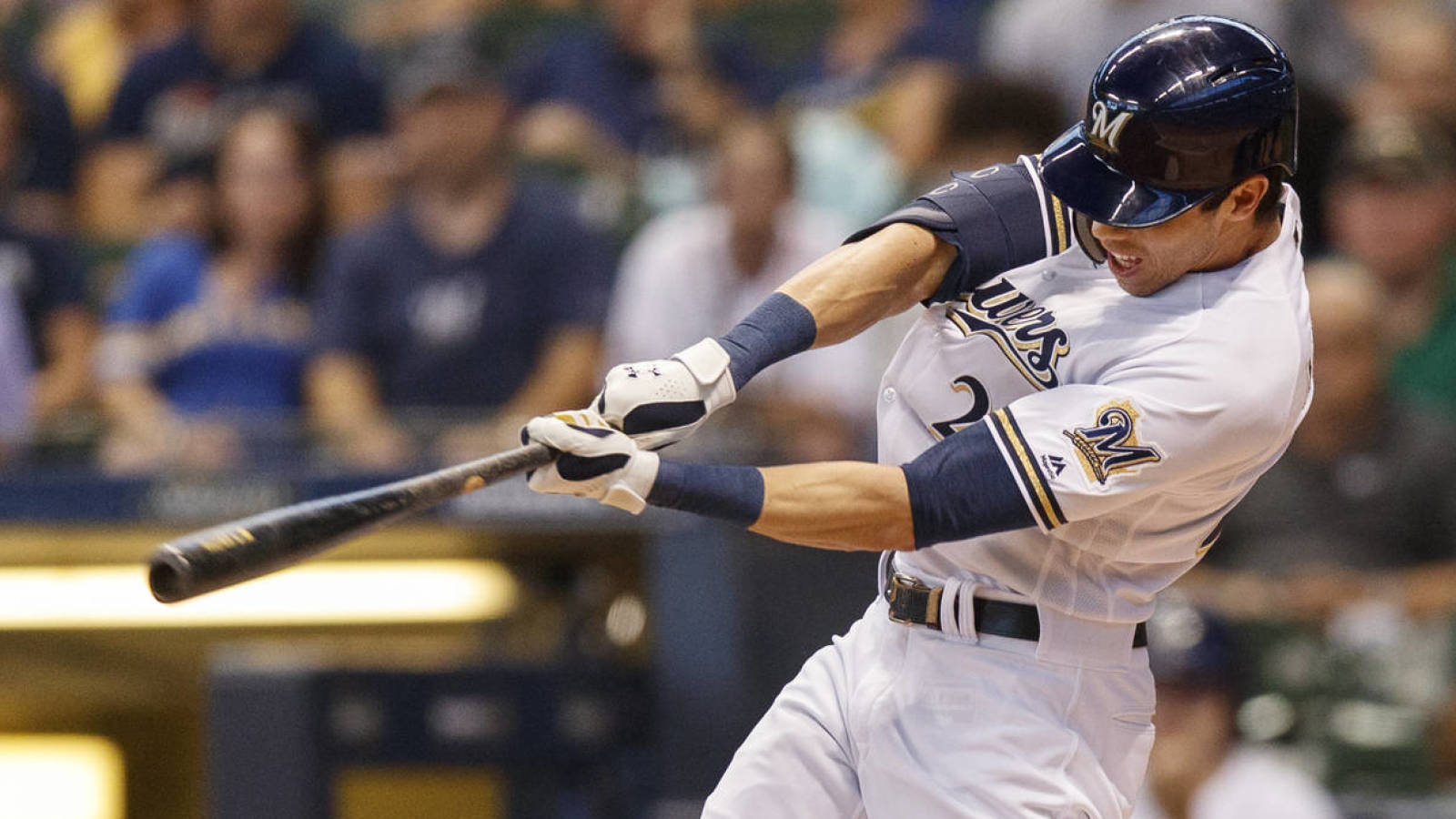
Disadvantage, Yankees? Winners, losers if MLB plays shortened season
If Major League Baseball resumes in 2020, it’s going to look a lot different than usual. Last week, MLB floated ideas about drastic changes to the schedule and roster rules. Let's evaluate what those potential changes mean and which teams would be helped, or hurt, the most by various scenarios.
140 games or fewer
Any hopes of playing a full 162-game season have already been scrapped. If MLB can commence regular-season games in late May, it plans to play a 140-game season. That is an enormous “if” though; the country doesn’t appear anywhere close to reopening. Even when conditions are finally safe, there must be some kind of preseason. More likely, teams will play substantially fewer than 140 games in the regular season.
By its very nature, baseball has an incredibly high amount of random chance. A pop fly off the end of the bat can fall in for a winning hit, whereas a screaming line drive in a clutch situation could fly directly into an outfielder’s glove. In other sports, the better team wins the game against a weaker opponent far more often than in baseball. This sport needs a longer season to account for much of the randomness, so that the legitimately better teams can rise to the top of the standings. We don’t have that luxury this year, so the win-loss records could get wacky.
Winners: Angels, Padres, White Sox
Clubs on the fringes of contention stand to benefit the most from increased randomness. Take the Padres, for example. FanGraphs projects a .519 winning percentage for them, and let’s assume that is their true talent level. Over 162 games, Lady Luck could have them finish anywhere between a .480-.560 winning percentage without too strong a push in any direction. With a shortened season, the bell curve widens, and they’re expected winning percentage range might become .450-.590. This could mean a collapse just as easily as a pleasant surprise, but for these teams on the edge of playoff contention, it widens the range of possibilities that get them into the postseason.
Losers: Astros, Dodgers, Yankees
Before spring training and the coronavirus pandemic, these were the teams everyone figured were bound for the playoffs. They’re the clear upper echelon of the sport and probably will still make the postseason in any format. However, with the shortening of the season and increased variability, their error bars widen just like everyone else’s. As the season shrinks, the chances increase for a bad record for the biggest favorites. Just ask the world champion Nationals, who were 19-31 on May 23 last year.

Empty/Neutral-site stadiums
Even when it finally becomes safe for team to play, it may not be feasible to have thousands of fans in attendance. Furthermore, some parts of the country have been hit harder than others, such as New York and Seattle. Since neutral-site baseball is better than none at all, MLB might not decide to wait until all 30 home ballparks have been cleared from quarantine.
Baseball is the only major sport in which the home team gets to determine the field dimensions. Accordingly, franchises build their rosters to suit their ballparks. The Yankees load up on lefties to take advantage of the short porch in right field, whereas the Red Sox tend to use more righties who benefit from the Green Monster. (For these same reasons, Joe DiMaggio and Ted Williams were nearly traded for each other in 1947.)
Winners: A's, Marlins, Rays
In her essay for the 2020 Baseball Prospectus Annual, Clarissa Young described Oakland-Alameda County Coliseum as “replete with unpredictable plumbing, sparse attendance, and an unknown number of resident possums.” Meanwhile, the two Florida-based teams ranked last and second to last in MLB attendance. Combined, they’d only rank 19th. The A’s and Rays have been embroiled in long, public negotiations for new stadiums, whereas the Marlins, well, they’re just the Marlins. There is no excuse for them.
Losers: Astros, Cubs, Rockies
These clubs combined to win 46 more games at home than they did on the road. Wrigley Field is called “The Friendly Confines” for good reason. The Rockies play in mile-high Denver, where the thin air makes for a much different baseball experience than any other MLB city. As for the Astros … they’re known to create their own artificial advantage.

29-man rosters
MLB probably will cram as many games into the calendar as possible (we’ll get into doubleheaders in the next section). This will give players -- particularly pitchers -- fewer off days to recover. Combined with a shortened preseason, this means more pitchers will be needed on the roster to counteract fatigue and prevent increased injury risk from overuse.
MLB was already set to increase roster sizes from 25 to 26 for 2020. Now, it could bump them up to 29 for this unique season. Under normal circumstances, teams were preparing for a 13/13 split between pitchers and position players. With 29 on a club, expect to see 16 pitchers. Of course, this will have an impact on the overall quality of pitching. Teams with depth and creativity in pitcher usage will have the upper hand.
Winners: Braves, Dodgers, Rays
Atlanta has taken the approach of, “Let’s just collect a bunch of good arms and see who sticks.” The rotation features a solid front four of Mike Soroka, Max Fried, Mike Folynewicz and Cole Hamels, with a cluster of prospects and post-prospects backing them up. They’ve amassed an estimable bullpen with shrewd acquisitions at last year’s trade deadline and in free agency. The Dodgers have such great rotation depth that Dustin May, Ross Stripling and Tony Gonsolin will begin the year in either the bullpen or minors. On nearly any other team, all three would be at least in the middle of the rotation. In recent years, the Rays pioneered several new pitching staff management techniques, including openers, followers, and one-time-through-the-order guys. They surely won’t be thrown off by a new pitching reality.
Losers: Angels, Nationals, Red Sox
The Angels nearly traded for Stripling, who would’ve likely become their best starter, but reneged on the deal. Then Griffin Canning was lost to elbow issues, and now their lack of pitching will likely hold them back from playoff contention. The Nationals built their staff around the big three of Max Scherzer, Stephen Strasburg and Patrick Corbin. A compressed schedule could necessitate six-man rotations, meaning a lower percentage of innings thrown by these aces. The Red Sox traded David Price, let Rick Porcello walk away, and lost Chris Sale to Tommy John surgery. They simply lack the talent to make up for these losses, even under normal conditions.

Doubleheaders
In the old days, doubleheaders used to be a weekly norm. In 1943, the White Sox played 44 doubleheaders -- 57% of their total games played -- and still managed to finish 82-72. For good reasons, doubleheaders have mostly become a relic of the past (with the exception of rescheduled rainouts). MLB may revive them, though, to load up the calendar with regular-season games.
Hall of Fame shortstop Luke Appling played every game for those 1943 White Sox, winning a batting title, but we know considerably more about player fatigue these days. Even the best players need a day off from time to time, and regularly playing 18 innings in a day is too much to ask. Teams with more balanced rosters and strong benches will shine with a doubleheader-loaded schedule.
Winners: A's, Cardinals, Twins
Positional versatility, a strong bench, and a deep lineup will benefit the A’s when they have to rotate out one of their starters. The Cardinals always seem to develop position players out of nowhere, and guys like Tommy Edman and Brad Miller can play just about anywhere. The Twins set an MLB record with 307 home runs last year. With a lineup full of cleanup hitters, they can afford to give them each ample rest without too much drop in production.
Losers: Brewers, Indians, Rangers
Teams with a "stars-and-scrubs" approach won’t fare as well. The Brewers’ lineup isn’t deep, and if Christian Yelich needs a day off, it becomes downright anemic. Cleveland will have similar problems when either Francisco Lindor or José Ramírez doesn’t play. The Rangers might be the worst defensive team in MLB, with positionless hitters Willie Calhoun and Nick Solak, aging veterans Shin-Soo Choo and Todd Frazier, and terrible pitch framers Robinson Chirinos and Isiah Kiner-Falefah behind the plate. If fatigue costs their defense any more range, they’ll be chasing a ton of baseballs all over their new ballpark.
More must-reads:
- Report: Increased pessimism in MLB for 2020 season due to COVID-19
- 10 fabulous locations for MLB to play games without fans
- The 'Active MLB strikeout leaders' quiz
Breaking News
Customize Your Newsletter
 +
+
Get the latest news and rumors, customized to your favorite sports and teams. Emailed daily. Always free!

